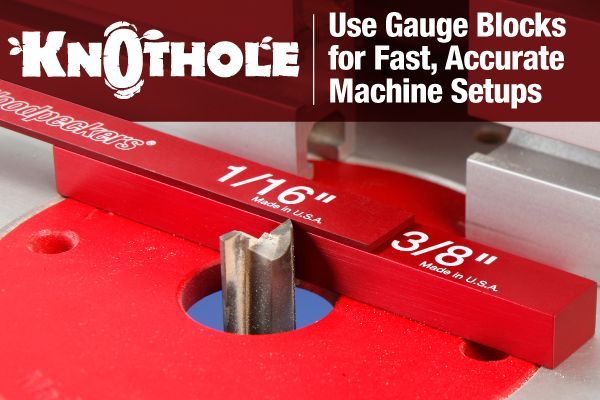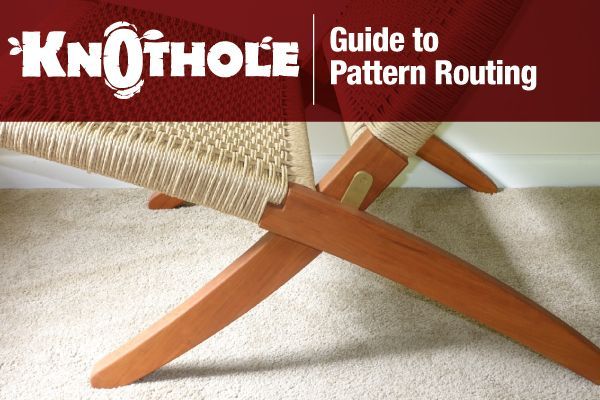Use Full-Scale Layout to Solve Woodworking Project Problems
When building woodworking projects. problems can arise when component parts stray from the usual square and parallel cuts. When projects or parts of projects veer into the world of angles and curves a carefully drawn full-scale layout will help navigate the project to an easy, successful, conclusion.
Tools you need for making full-sized drawings include both small and large, reliable carpenters squares, a straight edge, an angle gauge, and various length woodworking rulers. For curved or round parts a compass and beam compass will be needed.




